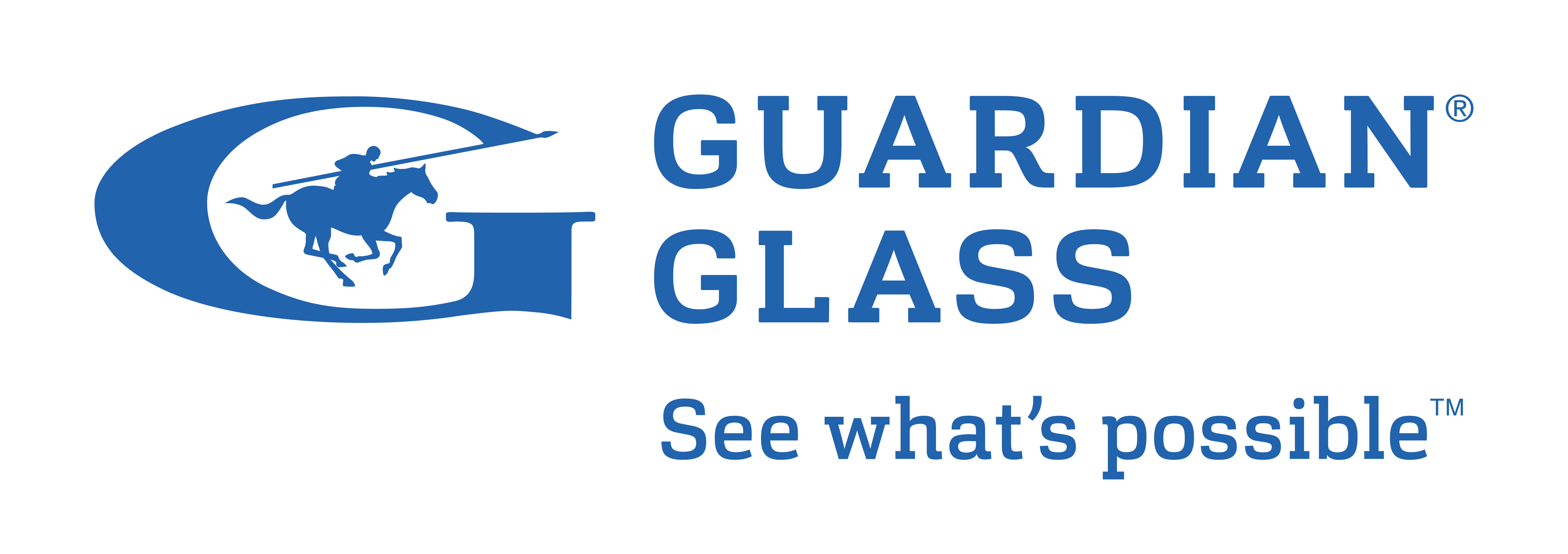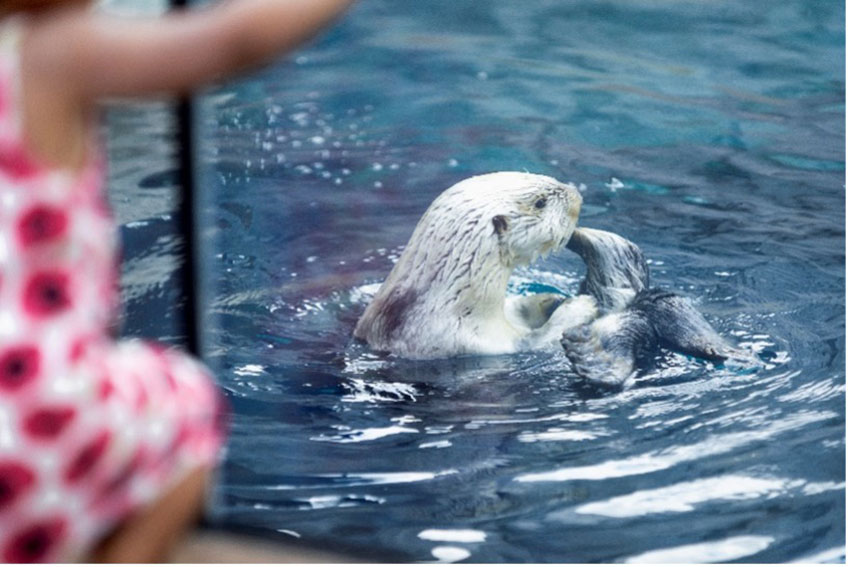Bird-Friendly Design
 1 AIA LU/HSW; 1 IDCEC CEU/HSW; 0.1 ICC CEU; 0.1 IACET CEU*; 1 AIBD P-CE; AAA 1 Structured Learning Hour; This course can be self-reported to the AANB, as per their CE Guidelines; AAPEI 1 Structured Learning Hour; This course can be self-reported to the AIBC, as per their CE Guidelines.; MAA 1 Structured Learning Hour; This course can be self-reported to the NLAA.; This course can be self-reported to the NSAA; NWTAA 1 Structured Learning Hour; OAA 1 Learning Hour; SAA 1 Hour of Core Learning
1 AIA LU/HSW; 1 IDCEC CEU/HSW; 0.1 ICC CEU; 0.1 IACET CEU*; 1 AIBD P-CE; AAA 1 Structured Learning Hour; This course can be self-reported to the AANB, as per their CE Guidelines; AAPEI 1 Structured Learning Hour; This course can be self-reported to the AIBC, as per their CE Guidelines.; MAA 1 Structured Learning Hour; This course can be self-reported to the NLAA.; This course can be self-reported to the NSAA; NWTAA 1 Structured Learning Hour; OAA 1 Learning Hour; SAA 1 Hour of Core Learning
Learning Objectives:
- Identify the four common reasons that birds collide with glass, from both the perspectives of bird behavior and building design, and how these collisions can impact the occupant experience.
- Explain bird-friendly product testing methods, their scoring rubrics, and how a bird-safe building can positively impact occupant behavior.
- Describe how clear access to natural lighting can improve occupant health, welfare, and connection with nature.
- Discuss the different types of bird-friendly glass products, installation methods, and uses.
- Recognize bird-friendly design elements that utilize a building’s shape, location, orientation, and landscaping.
This course is part of the Glass in Architecture Academy
BIRD-FRIENDLY GLASS AND OCCUPANT HEALTH
We've established that bird strikes are an issue impacting bird populations. But on a project-based level, it's also vital to be cognizant of the effect of bird collisions on occupant well-being and health.
First and foremost, a bird collision is a shocking event. The impact is usually sudden and loud. In some cases, a bird’s imprint, blood, feathers, or other debris are left behind. Imagine being in a meeting room that is affected by a bird collision: the result is disruptive, upsetting, and violent. Whatever was happening is suddenly and abruptly interrupted, and observers are not only forced off-task, but could also be traumatized or triggered. According to a Carnegie Mellon study, it can take 25 minutes or more to refocus on a task after being distracted, and it likely follows that the ability to refocus could be even longer if the distraction involves the sudden death of an animal.
Bird collisions also leave behind the bodies of birds on the building’s campus, a sight that is disturbing to anyone passing by in addition to being a potential health hazard. Building maintenance staff are left to deal with the issue regularly. No matter the resources and effort put into landscaping, bird collisions can jeopardize their careful design.
Building occupants deserve a space that is peaceful and not at odds with natural surroundings, and multiple studies show that occupants benefit from architecture that prioritizes natural views and daylight as well as that which promotes an overall connection with nature. Specifically, biophilic designs that integrate natural elements can significantly reduce occupant illness, absenteeism, presenteeism, and fatigue while increasing occupant learning, performance, and retention. They’ve also been correlated with lower rates of crime and violence and higher profits in retail spaces.
BIRD-FRIENDLY GLASS DESIGNS AND OPTIONS
It’s clear that designers need to walk a line between creating spaces that assimilate nature and interior spaces while still clearly delineating interior and exterior spaces from a bird’s point of view. Bird-friendly glass makes those spaces more possible. The most effective bird-friendly glass products available today are based on what researchers have learned from bird physiology and behavior as well as from the tunnel and monitoring research described above.
Vision Basics
As predators, our eyes are placed close to each other on the front of our skulls, concentrating our attention directly in front of us and providing us with strong binocular vision. With exceptions such as raptors, bird eye placement is more often on the sides of their heads—an evolutionary trait that allows them to have an almost 360° field of vision to watch for predators. The downside of this impressive field of vision is that their eyesight—and therefore their attention—is not concentrated directly in front of them. In addition, it also means that the images that they see in front of them are in stereo, and likely more out of focus than what is in the center of their vision. Both of these issues make birds more susceptible to flying into glass surfaces that they are moving toward.

Credit: Guardian Glass
With exceptions such as raptors, most birds have eyes on the sides of their heads. This evolutionary trait provides them with an almost 360° field of vision. The disadvantage of this trait when it comes to bird-building collisions, however, is that their eyesight and, therefore, their attention, is not focused directly in front of them.
Vision and UV Light
Birds not only have a more extended field of vision than humans do, many species also see a wider spectrum of colors than humans, which extends into the spectrum of UV light. This means that patterned specular coated glass can create a contrast when a bird views it.
The 2 x 4 and 2 x 2 Rules
Even though bird eyesight is limited in specific ways, birds do use their vision to avoid hazards in front of them. Nearly all bird species have an incredible perception of their bodies in relation to the space around them and slow down when approaching spaces they wish to fly through that seem smaller than their body. It follows that glass equipped with stripes or patterns placed closer together than the size of a bird in flight will reduce bird strikes. The 2×4 rule describes the maximum distance between elements in bird-deterrent patterning. The recommended spacing for any pattern is 2x2 inches.
Bird-Friendly Glass Coverage and Contrast
Bird behavior and physiology teaches that reducing bird strikes requires adding contrast to glass as well as ensuring that the contrasting elements are still apparent even when there is interference from glare and reflection. Though many designs celebrate highly visible patterns as part of the desired aesthetic, in some cases, architects wish for minimal contrast to accentuate increased daylight, views, and occupant well-being.
Higher coverage does not mean higher protection. Rather, visual contrast and proper spacing increase effectiveness. Treatments that work best place contrasting elements two inches apart and keep them large enough to create a perceived barrier for birds. For example, small, dense patterns are less visible than a larger pattern at lower density, even if the same percentage of surface area is covered with a pattern element (small = 1/8-inch dot spaced 1/2 inch apart; large = 1/4-inch dot spaced 2 inches apart). At the same time, 50% coverage could be less effective than 12.5% coverage if the contrasting elements are too large and far apart. Less coverage with contrasting elements is also generally more aesthetically pleasing to building occupants and preserves more of the benefits and advantages of glass.
Design Treatment Methods
While testing has determined that etching, fritting, and patterned specular coatings (of which UV glazing is a subset) are effective in reducing bird collisions in new builds, each of these methods comes with advantages and disadvantages.
Etching
A common glass treatment, glass etching provides uniform patterns that are translucent rather than opaque. It is moderately priced between more economical frit on glass and less economical patterned specular coatings of which UV glazing is a subset. It’s also moderately visible—more visible than UV glazing but less visible than fritted glass, depending on the lighting context. For the best overall performance, etching is applied on surface #1 with low-E coatings on surface #2.
Fritting
Commonly used in solar management, frit on glass is a well-known, longstanding technology that is widely available in North America. It’s also an economical choice for bird-friendly solutions while also seen as aesthetically pleasing. Frit can be provided on the #1 or #2 surface depending on the project-specific requirements related to codes, test score needed, performance, or design, though treatment on the #1 surface creates optimal contrast and greatest deterrence performance.












